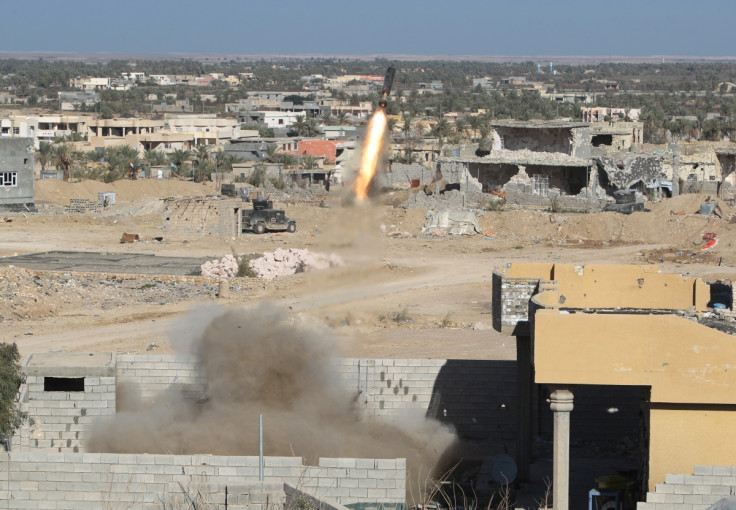War on Isis: Iraqi security forces seize part of Ramadi from Daesh as offensive gains momentum

Iraqi security forces have wrestled back a large area on the south-western side of Ramadi from the Islamic State (Isis), boosting hope for success of the long-awaited military operation to retake the provincial capital. The victory in the al-Tameem area is a key breakthrough for Iraqi forces, which have been fighting for months to secure territory around Ramadi and are now closing on the jihadist group.
"Today, our forces completely cleared the al-Tameem area after a fierce battle against Daesh gunmen. [IS fighters] had no choice except to surrender or fight and they were completely destroyed," said Sabal al-Noman, spokesman for Iraq's counter-terrorism service, speaking to AFP.
The fall of Ramadi
Ramadi, which sits 100 kilometres (60 miles) from Baghdad, was captured by IS in May following a retreat by Iraqi forces.
The fall of Ramadi prompted severe criticism from the US, which has been arming and training Iraqi forces, also backing them against the radical Islamic group with air strikes.
In November, families in the provincial capital were told to leave the city from its southern Himaira area, according to an official statement aired on Iraqi state TV, as Iraqi security forces prepared their assault.
More confirmation on the military success came from Major General Hadi al-Irzayij, the police chief for Anbar province, and Brigadier General Yahya Rasool, the spokesman for the Joint Operations Command.
Iraqi soldiers took the Palestinian Bridge after the US-led coalition carried out air strikes cutting off a key supply route for IS. The aerial bombings hit two of the militant group's tactical units and destroyed four of its buildings, according to the Combined Joint Task Force. Following the raids, Iraqi forces, made up of Shia volunteers and US-trained soldiers, captured equipment used by IS, including small weapons, ammunition and grenades.
The bridge provides a clear path into the centre of the city from the west, allowing Iraqi soldiers to advance simultaneously on two fronts. Earlier in November, they made their first major advance on the Sunni militant group in six months.
Videos and photographs obtained by IBTimes showed an Iraqi rapid reaction force dubbed "Roger" – with tanks and weapons seized in eastern Ramadi – on the outskirts of the city. They cleared a path of improvised explosive devices hidden in the ground, allowing more troops to advance.
Pentagon spokesman Col David Warren said Iraqi troops would retake the strategic city "soon". Warren said government forces recently outnumbered Islamic State in Ramadi by "as many as 10 to one" and the offensive to reclaim the city employs 8,000 to 10,000 fighters.
Should we cease using Islamic State, Isis or Isil and begin using 'Daesh'?
IS fighters and leaders hate the word - it's an Arabic acronym of "al-Dawla al-Islamiya fi Iraq wa ash-Sham" – meaning the Islamic State of Iraq and al-Shams – but when spoken Daesh sounds similar to the Arabic words translating to "the sowers of discord" (Dahes) or "one who crushes underfoot" (Daes). IS threatened "to cut the tongue of anyone who publicly used the acronym Daesh, instead of referring to the group by its full name".
© Copyright IBTimes 2025. All rights reserved.




















